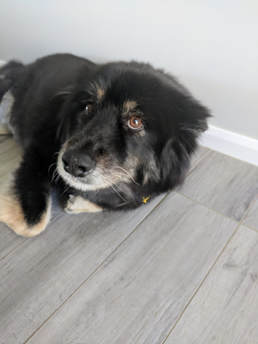 Update from Hayley: Finn is 5 years without seizures after giving up Pedigree Dentastix! August 7, 2013 by HMCWriter (RE-BLOG) Around six months ago we ended up at the vet with our Finnish Lapphund, Fin. It was terrifying. My relaxed, easy going (sometimes a little slow in comparison to our intelligent Keeshond, Pudding) was all of a sudden whacking out. He was barking at the fence, something either dogs rarely do, and then came the frothing. Fin was rubbing himself against the panels as if trying to get something off him and the foam from his mouth had me scared he’d tried to engulf a toad. I’d seen it before in my mother’s Bull Terrier, Milly, who thankfully survived (rest her soul now, our beautiful family dog). I got hubby and he freaked out so much so, that all of a sudden I became the brains of the business, and he the brawn. We lifted him and took him to the vet emergency clinic. After an examination and blood test, Finny boy came back fine. Right as rain, in fact. Ants? A spider? The vet wasn’t so sure, but we could go home. So, we let it go. Two months later, it happened again. This time, he barked and went off his head so ferociously I thought he’d devoured the next door neighbour’s cat. I raced around the side (the same safe haven he retreated to last time) and there he was having a seizure on the grass. My poor beautiful, gentle-natured doggy. I knew then, he had epilepsy … or at least was prone to some type of seizure. As any mamma would do, I did some research. Doctor Google, I believe the professionals call it. I know a bit about epilepsy, as friend of mine has it, however I knew nothing of doggy seizures. Firstly, Fin comes from a prized breeder with no genetic epilepsy in the family. The only thing I came up with was that maybe he was allergic to something. Vets will swear black and blue that diet in dogs has nothing to do with epilepsy and they simply need to be medicated. Being the hippy I am, I called bullshit. Every disease is aggravated by certain foods … EVERY disease. Call me out in the comments if I’m wrong. So I wondered what might have triggered the seizures in Fin. There was only ONE thing we’d done differently in the past six months with his diet and that was DENTASTIX. I was feeding them one a day for their teeth. I stopped feeding it to them that day and Fin hasn’t had a seizure since. Maybe he will down the track, maybe he won’t. What I want to know is, what do people think? Has anyone had any experience with foods and seizures? Lastly, could it be caused by an allergen to a specific ingredient? Thanks for the visit! HMC
20 Comments
 Modern Waldorf by H M Clearihan The Sunshine Bridge Curriculum follows an innovative approach known as Modern Waldorf which has been developed specifically for our syllabus. Why was it developed? Many educational philosophies can work effectively in the classroom or homeschool environment, and it’s up to parents and teachers to honour the pedagogies that work best for their children. Modern Waldorf is an approach that could potentially reengage some disgruntled or disheartened learners by offering a calm and rhythmic way of homeschooling or small group learning, with focuses on multiple intelligences and a connection to art and nature. How was it Developed? Modern Waldorf takes elements from Rudolf Steiner's Philosophy which places emphasis on the role of the imagination in learning, and attempts to foster and nourish the whole child (intellectually, practically, and emotionally). Within Modern Waldorf, there is also an emphasis on embedding new and relevant approaches into the learning experience. This is done in a way that fuses up-to-date, quality practises and ideas, with the tried and true practises of the past. How can it be used? Modern Waldorf is essentially being used already within classrooms and homeschool environments, because it’s a practise that makes sense. Some parents and teachers instinctively bring beauty and creativity into mainstream lessons, they naturally give options and are open to negotiating - they focus on the whole child or young person. The Sunshine Bridge Curriculum should be used by holistically inclined homeschool families, teachers and schools as a tool to assist in the development of stronger individualised programs for their students. Enjoy, and learn on! Hayley M Clearihan (Bachelor of Education and BA in Psychology) "Montessori is a method of education that is based on self-directed activity, hands-on learning and collaborative play. Children make creative choices in their learning, while the adults offers age-appropriate activities to guide the process." - The Montessori Network
I love this explanation. Self-Directed Activity can work so beautifully in English and Mathematics (and other areas) if parents and tutors provide good quality (not necessarily expensive) age (or level) appropriate resources. Children and young adults feel empowered in their education when provided with choice. They will choose what they would like to learn. The adult must step back, only stepping in to ask, "What are you learning today?" Young people will ask for help when needed on the task ... they will quickly find where they sit in relation to the zone of proximal development. "Montessori is an approach to education based upon the principle that schooling should work with the nature of the child, instead of against it. Therefore, education should be based upon scientific study of the child and a resulting understanding of the processes of development and learning." - The Montessori Institute In order to nail this element, learning about lifespan development is imperative - getting to know where children and young adults are at, and meeting them there, will make life easier for everyone! For example, a guided meditation to do with the heart would be wonderful for a 7-year-old, but you're better off teaching a 14-year-old the biological mechanics of how the heart works. This website provides a good start: Stages of Growth Montessori Education can also be fed into the weekly timetable as part of the rhythm. A variety of parent/tutor driven activities alongside the student-driven approach can be magic. Do what works for you, but please, give it a try! Hayley One on one tutoring is wonderful. The student has the attention of the tutor for the whole session. Much is learned! However, there's something even more wonderful about small group tutoring that might make it more beneficial for some.
1. Connection Students can chat, connect, and make friends. This builds their confidence and makes the space a safe place to visit. 2. Group work! Learning in groups is fantastic when it comes to brain-storming, games, and using the imagination, not to mention how it helps with speech, language and communication skills. Students can work as a team or work quietly side by side. 3. Positive Influence Students influence each other in positive ways. It's almost a little bit magic. 4. Motivation Students motivate each other in ways that adults can not! We can use incentives for our young people, but there's nothing more motivating than a peer telling you, 'you can do it.' - Hayley I have had the pleasure of working with ASD students (people on the awesome spectrum, as one of the parents whose children I tutor recommend we call it - love it) for over 13 years.
In my capacity as an educator there are several things I have noticed that can help with making positive connections and building rapport. Here they are! -Allow Time and Space allow students to come to you and open up in their own time. Be yourself. Be consistent. You will grow on them. -Use Humour hopefully as a educator or parent you're already funny. But if not, dad jokes go a long way. Making light of situations and life in general is good for us ALL. -Allow comfort objects please allow young people to bring their comfort object with them wherever they need to take them. Arrange spaces for them and make it special. Their items might be very dear to them, and they can help when a young person is feeling overwhelmed. -Watch for overstimulation don't use touch (even high fives) or overstimulate with noise. An assault on the senses isn't a good condition for anyone to be working in, anyway. -Let it go if a tutoring session or homeschool lesson rolls by without much of anything getting done, Let it go. Move on. Stay positive for the next session. -Mind your jokes while joking and light-heartedness are a must, be careful not to be sarcastic. Young people (all of them) tend to take things literally. The Awesome Spectrum is a beautiful thing. It, along with many other things, brings diversity to the world - and there's nothing more wonderful than that. Feel free to leave more tips in the comments! Hayley Repost by The Speech Language and Audiology Association of Trinidad and Tobago (SLAATT) https://thecren.com/index.php/blog/191-the-importance-of-speech-and-language-development-in-a-child-s-early-years
What should I do if my child's speech or language appears to be delayed? You should talk to your family doctor if you have any concerns about your child’s speech or language development. Your doctor may decide to refer you to a speech-language pathologist/therapist/clinician, a health professional trained to evaluate and treat people who have speech, language, voice or swallowing disorders (including hearing impairment) that affect their ability to communicate. The speech-language pathologist will talk to you about your child’s communication and general development. He or she will also evaluate your child with special speech and language tests. A hearing test is often included in the evaluation because a hearing problem can affect speech and language development. Speech-language pathologists/therapists/clinicians assess, diagnose, treat, and help to prevent disorders related to speech, language, cognitive-communication, voice, swallowing and fluency. They work with:
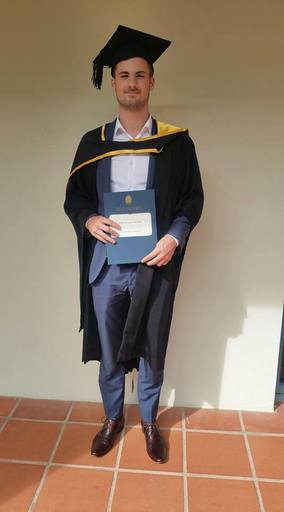 I met Hayley many years back. She waltzed into Jordy (my son on the right who is now off doing his master’s degree) and my life, as his tutor, and left us as a friend. We’ve stayed connected ever since. With her passion for writing and teaching, I’ve watched her grow her new business like a boss. For those of you who know me, I don’t do things quietly, so here we are - I want to know what this unplugged micro-schooling thing is all about! I walk in and she has no shoes on (the Hayley I know well), and she’s sitting on a chair with her legs crossed wearing a relaxed smile. She welcomes me to her one room classroom just outside Nerang in Mount Nathan on the Gold Coast. The space is right next to a quiet country cafe and a yoga class. The walls are covered in art and there’s a diffuser burning lemon (I'm delighted by this, and offer her some of my own doTERRA - certified pure therapeutic grade. Only the best for you and your protegees. Plug. Plug.) I can see why she calls it a micro-school. While the room isn’t small, I can see about ten desks, a blackboard (no whiteboard … a real blackboard), storage units, sink, games and toys, and a comfortable teaching chair in front of a rug. She offers me a seat and a cuppa. We get to talking about Jordy for a bit before I get to my questions. And here they are! So, this is your micro-school. The one and only. I know you started out doing school readiness, do you still do that? No, actually. There are some great school readiness classes on the Gold Coast and it was hard to compete. I do something very different now. Fate had something else in store for me. You work with homeschoolers? Yes! It’s awesome. I had a parent whose daughter I taught about 8 years ago (she’s in year nine now) come to me and ask if I’d be interested in working with the two siblings who were homeschool children. I jumped at the chance, and now here we are. What do you do exactly? Well, homeschoolers come to get lessons to enhance their learning experiences. We have Prep-Year 3 and Year 4-10 at the moment. The students come to us anywhere from 1-4 days per week (soon to be 5), for three hours. How do you get much done in 3 hours? You get plenty of work done in 3 hours, and that includes a half hour for lunch! We do main lesson (which over the course of a year includes all key learning areas from the curriculum) English, Mathematics, social skills. You name it. But, how do you get it all done it 3 hours! Homeschoolers are constantly learning, just not ALWAYS in a way that might ‘look’ like it to the outside world. There’s more formal homeschooling, distance education, less formal homeschooling which is about learning through life skill and osmosis. No child learns the same way. Parents and guardians are great at knowing what their children need, as you would know being a mamma. We’re really just here to do a little more. It also gives the homeschoolers a great opportunity to make friends. And don’t forget, the Finnish do 3-4 hours of schooling a day and their education is number one in the world … just thought I’d add that. You’re growing quickly, Hayley. Why do you think that is? Homeschooling is way bigger than I thought. I had no idea. More and more people are turning to it as a viable option for their education. You can register online by sending in planning, work samples, and giving reports. Is is hard to register for homeschool? There are plenty of websites and even facebook groups to help you out. Skye, my Prep-Year 3 teacher, and I, also help with writing plans and giving work samples. Once again, there are other people out there doing this, so why is Sunshine Bridge doing so well? There are others doing well. But I guess we are too ... for a few reasons. One would be that we’re ‘relationship first.’ We believe that the relationship with the student needs to come before the learning, even if it just comes down to respect. Secondly, I’d say it’s the Steiner element. What is the Steiner element? Well, *laughs* Sunshine Bridge is Steiner or Waldorf inspired. It’s about getting to know the students, letting them imagine and create, and teaching to the whole child - intellectual, practical, artistic, emotionally. It’s about teaching to the student’s’ needs based on the world around them and beyond (future wise, I mean). I think people sometimes forget that Steiner also believed in teaching the intellectual content, it’s a common misconception. My year sevens still know what a surd is. What is a surd? It’s a mathematical concept. Want to learn it? No. *laughs* So, you still teach subjects like in a mainstream school. Yes, a good one, I like to think. There are great teachers everywhere. The ones who look at the students and give them learning opportunities to extend themselves at the right level in all subject areas - that’s what it’s about. A good teacher will ask the student how they learn best, what their interests are, and they will plan and cater to this. A truly great teacher will aim to eventually have the kids do their own planning. Do their own planning! Yes. You’d be surprised. I once had a year 10 student plan her own English unit. We backward-mapped it to the curriculum. It was excellent. I don't see any computers in here. Is that a question? *My turn to laugh* Yes? We don't have computers. Pardon? We don't need them. The teachers deliver the content. Sometimes I’ll look things up on my phone if need be, or show an image that I’ve forgotten to print or don't have time to draw up on the board. I think it’s great. Homeschool parents and guardians can monitor screen time at home. It should be up to the parents how much they get. The real world uses computers. Won’t they fall behind? Smart, able, problem-solving people don't fall behind. Touche! Will you ever bring in computers. I think when we look into opening up year 11 and 12 we’ll need to - simply because they’ll all have different pathways which might include portfolio for University. So, you’re wanting to do year 11 and 12. What else? Well, the next step will be to buy a place we can call our forever home. That should come within a year or two … just putting it out there! After that, who knows. I’d love to open SBE micro-schools all over the place, or even inspire teachers to do so. It’s been amazing choosing my own hours and my workload. I’d love to help teachers, and very secretly, I love the marketing side. It’s fun. I’m very blessed. So are your children. Thank you. Last question. I see you can fit about ten students at a time, will you ever expand, and how do you do the multi-age thing? That was two questions. No, I never want to go over ten students. We are a ‘micro-school’ and aim to stay that way. We’re relationship first, and not to say that teachers in the classrooms aren’t magicians (there are!) it’s just that I personally can’t spread myself that far and wide. The multi-age thing is great. There are so many benefits for them, the older ones intuitively act as role models and go and help even without me asking. The younger ones look up to them as well. It’s very cool. My planning has to be exemplary, though. We use a variety of methods such as rotations, but the curriculum is wonderful in that it’s a continuum. Students can learn at the pace they need to, not always the ‘year level’ they are in. That sounds amazing. It is. Thank you, Hayley. Thank you! Done. And all I can say is, I felt refreshed walking out of that room. Education has a new face, people, and it’s looking great. Pk Hope 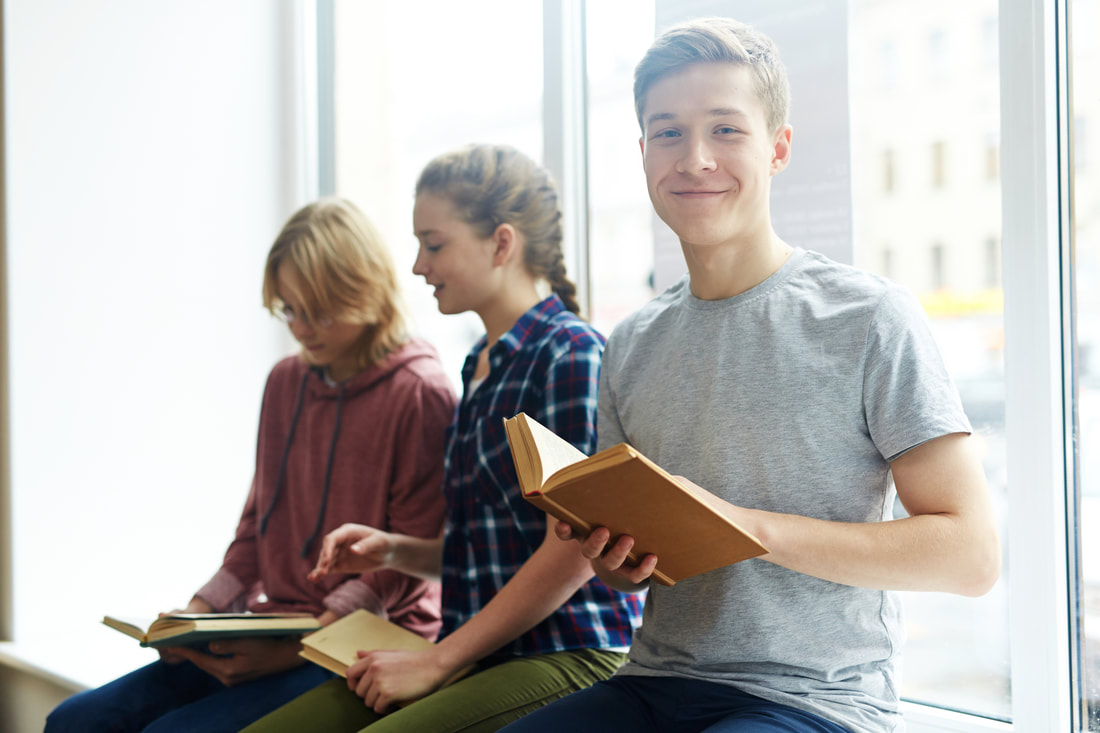 Imagine a school where the students choose their own activities based on interests, where they learn through natural, real-life experiences, responsible household management, and work experience. It doesn’t sound so terrible, does it? Enter ‘Unschooling,’ a not-so-new movement where students learn at home and from members of the community in a student-led way. The term 'Unschooling' makes it sound as if students are being taught to forget all they know about everything, when it actual fact, it’s just about forgetting to sit at a desk and copy from a white board. Unschooling has been closely linked to relaxed Homeschooling and has been a thing since the beginning of time, whereby parents, family and community members took it upon themselves to educate the children and young people of the community. In fact, the idea is so good, even larger schools are taking the concepts on and have revamped the idea of student-driven, community-based learning into something called Big Picture Education (a great direction for many students). You’ve got to love this stuff! Students are given the opportunity to drive their learning based on interest, then can speak to trades and business people, do short courses or activities, and launch into massive projects with their 'mentors' as a guide. Families can even opt to have a teacher backward map the curriculum or help develop projects. If the idea of Unschooling (or even Homeschooling) sounds daunting, it can be! It's important to talk to people and check that undertaking the task of your child's education is in everyone's best interest - including yours. For those who have the time, money and bravery to homeschool/unschool or both, it’s a great option to weave into other more structured programs. Who's to say you can't do it all? It's important to know these options are legal in Australia: “Unschoolers are as accountable to the government as homeschoolers, and can show “educational progress” (as defined by the state) just like children who learn by textbooks at home.” - http://whyunschool.info/ One particular study on the challenges and benefits of Unschooling stated that the positives can well outweigh the challenges.
Homeschooling and Unschooling seem like difficult concepts to grasp for those who have not experienced what an effectively run Unschool household can look like, but if you're ever curious, ask around - it’s more common than you think, and people are open to talking about their experiences. Hayley Clearihan (Teacher and Mum of 2) Sunshine Bridge Education, Gold Coast, is starting a You Tube channel.
|
Photo from Tambako the Jaguar

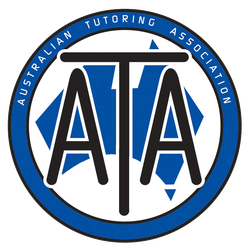
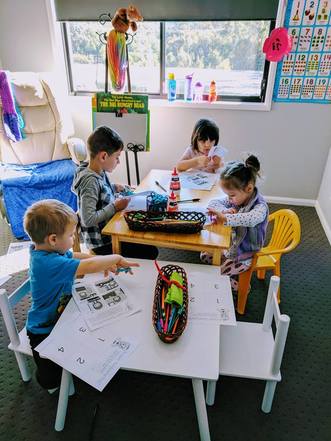
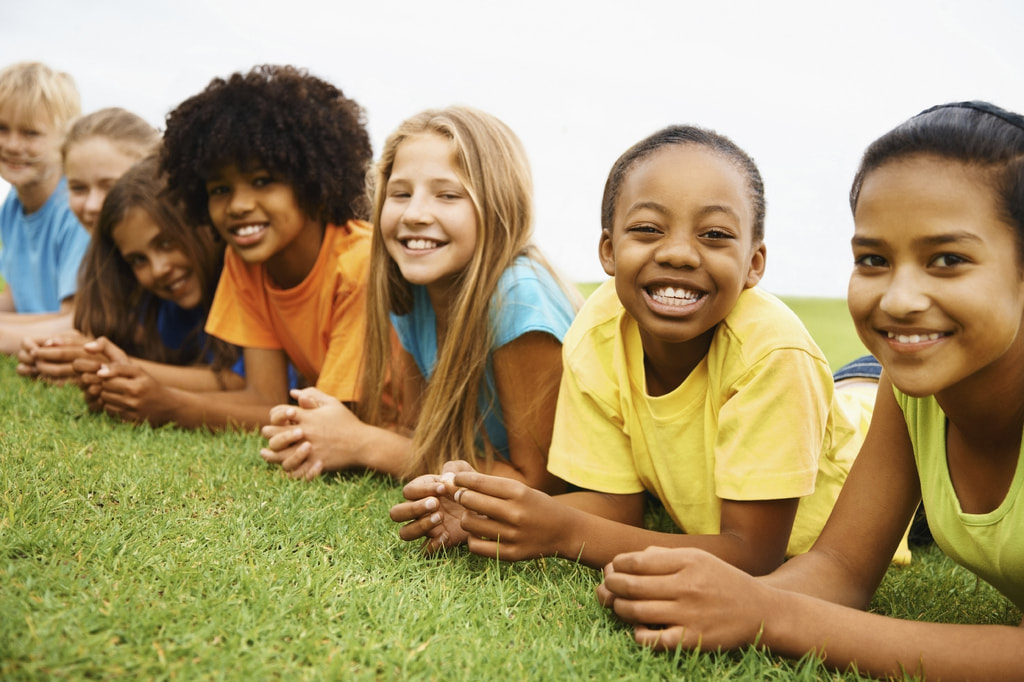
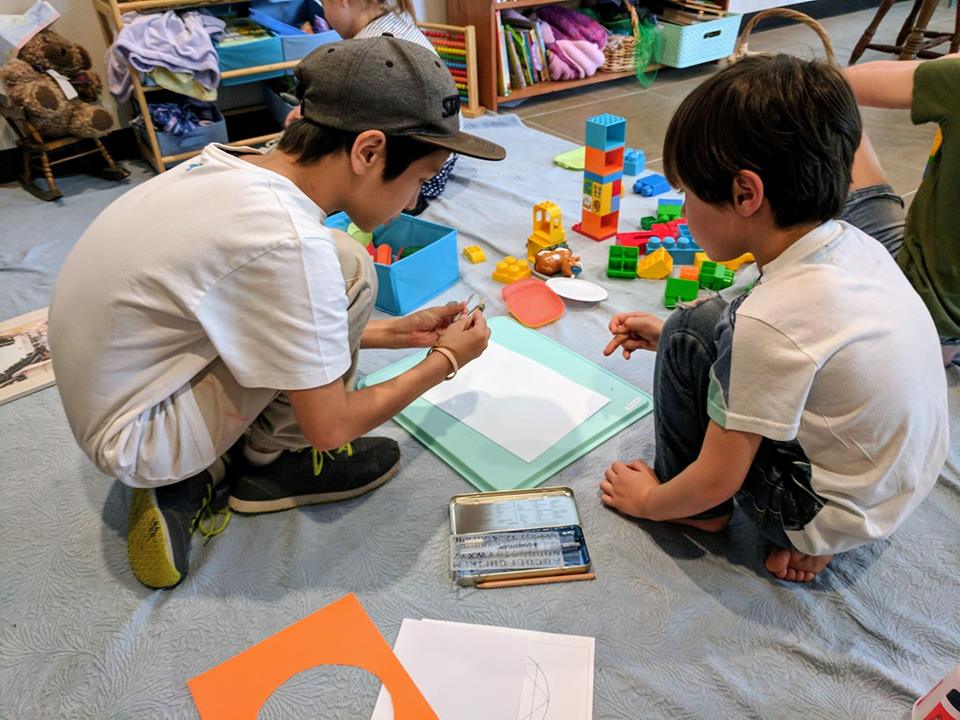
 RSS Feed
RSS Feed
